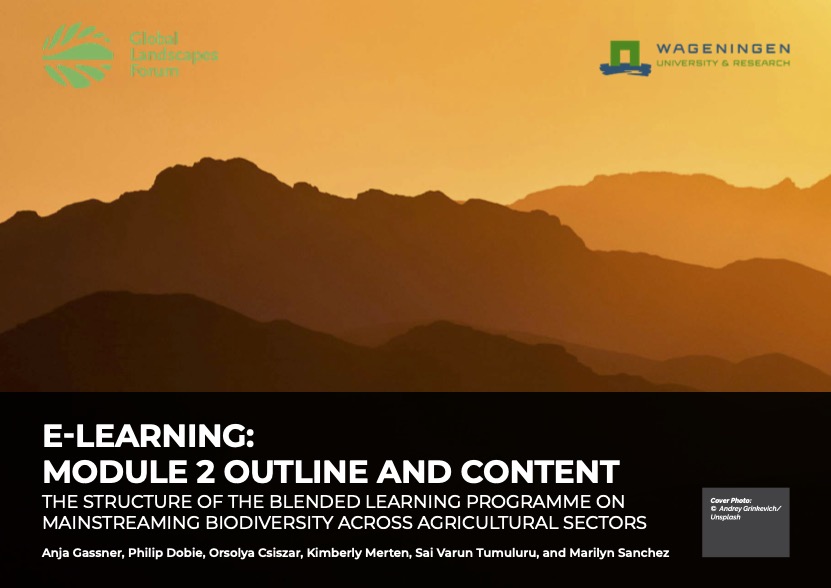Most natural rubber trees (Hevea brasiliensis) are grown on plantations, making rubber an important industrial crop. Rubber plantations are also an important source of household income for over 20 million people. The accurate mapping of rubber plantations is important for both local governments and the global market. Remote sensing has been a widely used approach for mapping rubber plantations, typically using optical remote sensing data obtained at the regional scale. Improving the efficiency and accuracy of rubber plantation maps has become a research hotspot in rubber-related literature. To improve the classification efficiency, researchers have combined the phenology, geography, and texture of rubber trees with spectral information. Among these, there are three main classifiers: maximum likelihood, QUEST decision tree, and random forest methods. However, until now, no comparative studies have been conducted for the above three classifiers. Therefore, in this study, we evaluated the mapping accuracy based on these three classifiers, using four kinds of data input: Landsat spectral information, phenology–Landsat spectral information, topography–Landsat spectral information, and phenology–topography–Landsat spectral information. We found that the random forest method had the highest mapping accuracy when compared with the maximum likelihood and QUEST decision tree methods. We also found that adding either phenology or topography could improve the mapping accuracy for rubber plantations. When either phenology or topography were added as parameters within the random forest method, the kappa coefficient increased by 5.5% and 6.2%, respectively, compared to the kappa coefficient for the baseline Landsat spectral band data input. The highest accuracy was obtained from the addition of both phenology–topography–Landsat spectral bands to the random forest method, achieving a kappa coefficient of 97%. We therefore mapped rubber plantations in Xishuangbanna using the random forest method, with the addition of phenology and topography information from 1990–2020. Our results demonstrated the usefulness of integrating phenology and topography for mapping rubber plantations. The machine learning approach showed great potential for accurate regional mapping, particularly by incorporating plant habitat and ecological information. We found that during 1990–2020, the total area of rubber plantations had expanded to over three times their former area, while natural forests had lost 17.2% of their former area.
DOI:
https://doi.org/10.3390/rs13142793
Pontuação Altmetric:
Dimensões Contagem de citações:

Ano de publicação
2021
Autores
Yang, J.; Xu, J.; Zhai, D.L.
Idioma
English
Palavras-chave
phenology, topography, rubber plants, plantations, remote sensing, spatial data, mapping
Geográfico
China

















